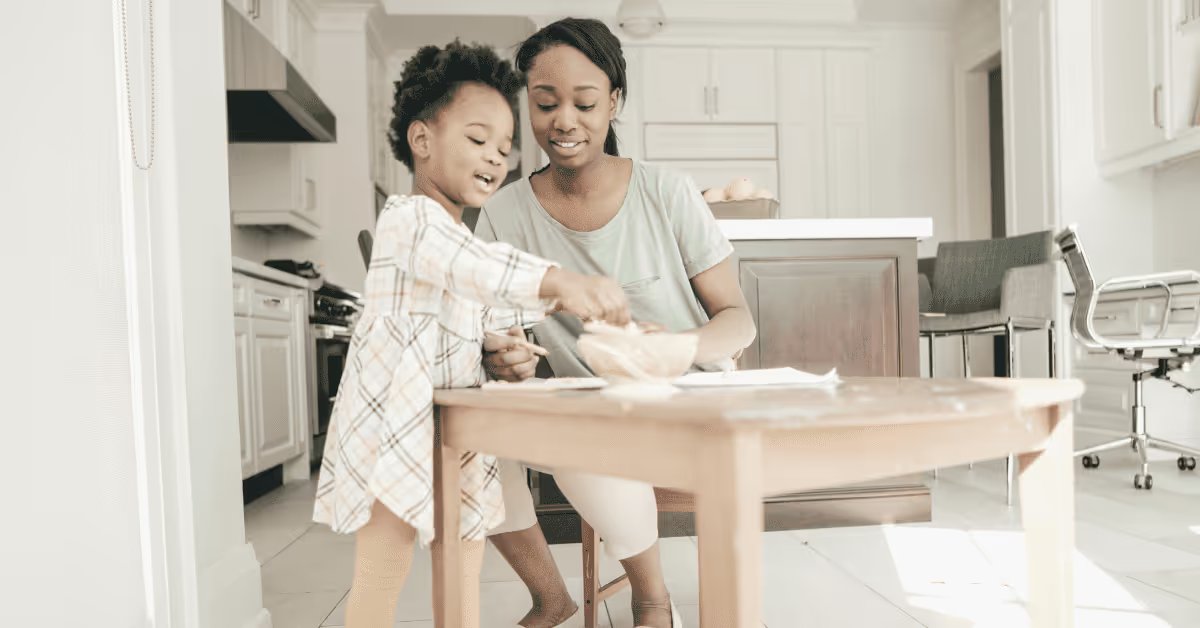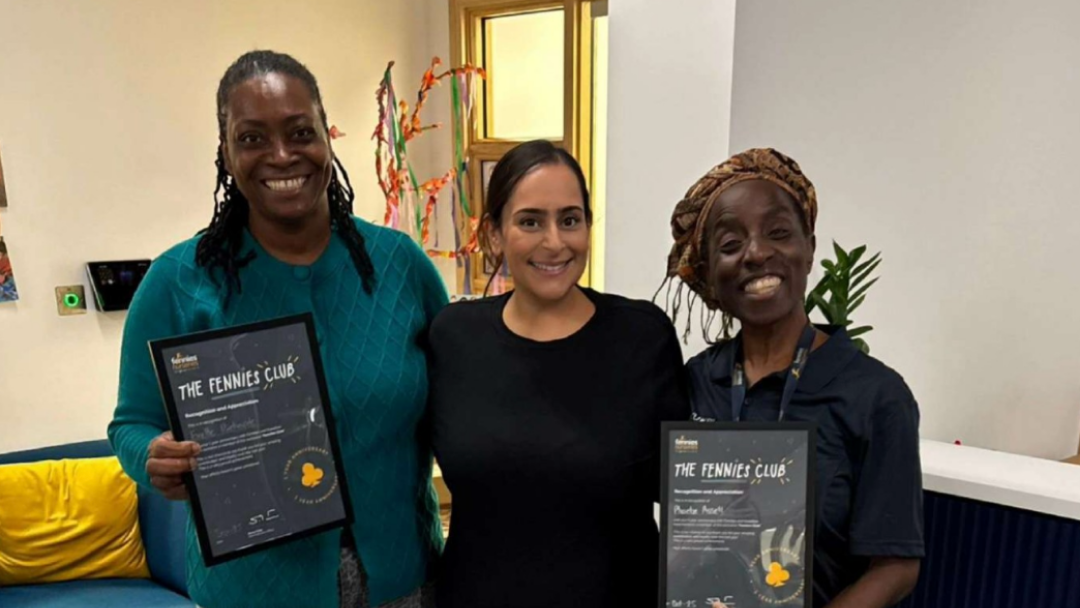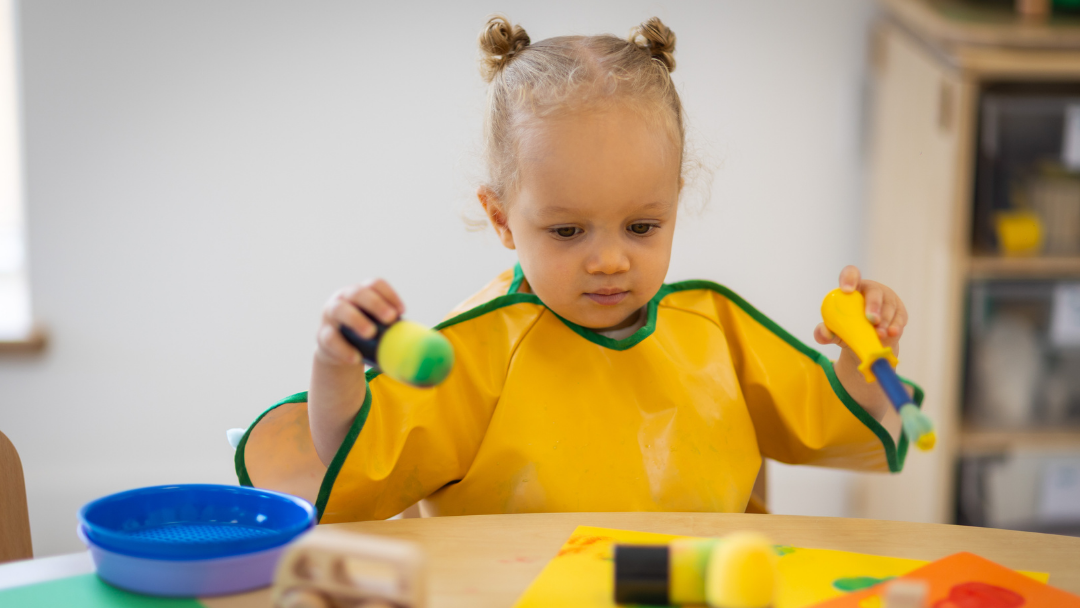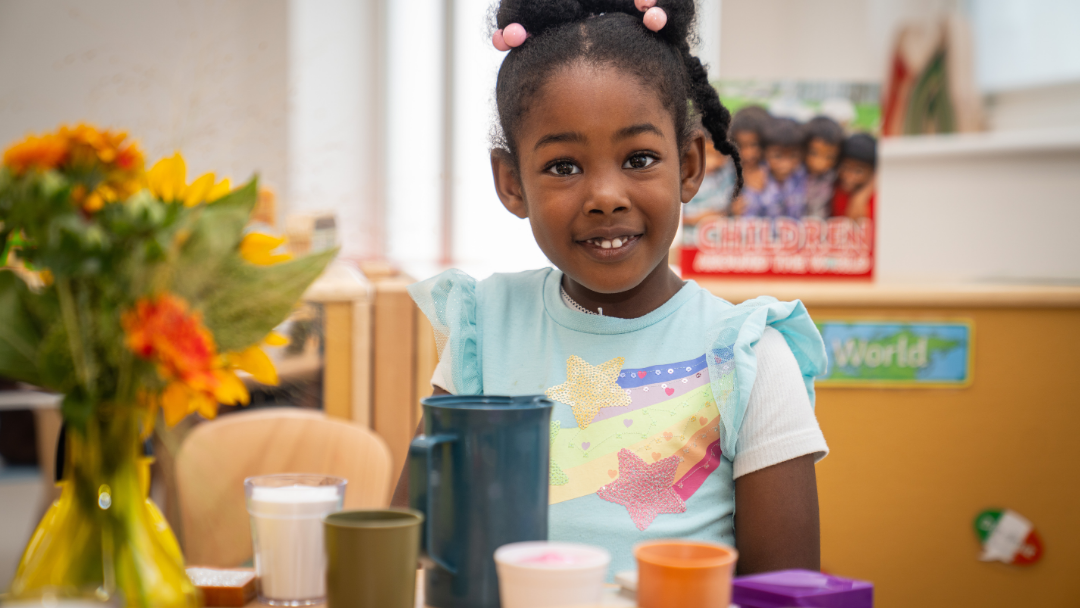Fennies are proud to be accredited by the Early Years Nutrition Partnership (EYNP) for our menus and contribution to supporting good nutrition in the early years. We are delighted to bring you regular nutrition updates and evidence-based articles written by our Registered Nutrition Professionals from EYNP
Parents and carers are important role models for their children and many studies support this. The effect that parental influence can have on children’s eating behaviour during infancy and early childhood has been well documented. More specifically some studies have identified that parental modelling is related to lower levels of fussiness and higher levels of food enjoyment in their children. When put like this, role modelling seems like a no brainer! In this blog, we will explore what role modelling is and how it can influence your child’s feeding behaviours.
What does role modelling mean?
In the context of child feeding, role modelling refers to the process of observational learning leading to the imitation of behaviours and attitudes towards food. Parents are important role models for children but peers, caregivers and other family members can also act as role models for children. When it comes to food, children are likely to observe and imitate the behaviour of those they spend time with.

Different types of role modeling
It’s important to note that role modelling can be both intentional and unintentional. Intentional role modelling is when we consciously encourage a desired eating behavior in the hope that our child will observe, learn and imitate that behaviour themselves. For example, research shows that children whose parents eat more fruit and vegetables typically eat more of these foods themselves. However, role modelling can be unintentional too. This refers to when children adopt eating behaviours that they have observed but that has not been intentionally modelled. For example, we know from research that children whose parents ate more unhealthy snack foods typically ate more of these foods themselves.
Role modelling can be behaviour led or verbal. Behavioural modelling is where parents or carers directly model the behaviour themselves for example by eating certain foods in front of the child. Verbal modelling is simply modelling through verbal communication. This might mean talking about how you enjoy the food or simply discussing their colour, shape, texture and flavour.

How to be a positive role model around food
- Whenever possible aim to sit together with your child at mealtimes. Eating the same foods with your child is a great way to reinforce positive behaviour. Your child will benefit from seeing you eating and enjoying the foods. If eating together isn’t always possible, try to sit with your child whilst they eat and serve yourself just one or two foods that you wish to encourage your child to try when they are ready.
- Forget your own dislikes and preconceptions. Children can pick up on facial expressions and body language as well as verbal cues. If it’s a food you’re not fond of, try to avoid making negative comments or pulling a disgusted face at the food!

- Talk about the foods you enjoy or simply make comments about the colour, texture or shape of the food. Sometimes it's best to leave opinions about food out of mealtime discussions. Instead, focus on the facts e.g. "these are carrots, look how orange they are. Can you hear the crunch when I bite it?" By describing the texture or flavour of the foods you are helping your child to anticipate what the food might taste and feel like in their mouth.
- Mealtime chat doesn't have to be focused on food at all. Non-food talk whilst you sit and eat together can also be helpful at mealtimes and for very anxious children will help to take the focus off the food altogether. Creating a calm, relaxed and sociable environment at mealtimes can also have a very positive effect on children’s eating.
FAQ
Subscribe to our newsletter
Stay up to date with Fennies news





.png)




.png)